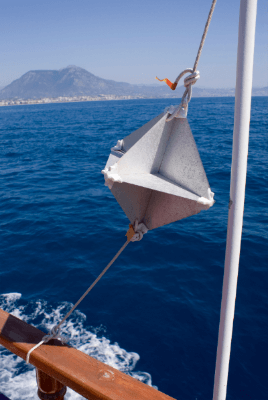What Is a Radar Reflector?

A Radar Reflector is a specialized device designed to enhance the radar visibility of smaller vessels, particularly those made of non-metallic materials or with low radar reflectivity.
Radar is an essential navigation tool for ships, helping them detect other vessels, obstacles, and landmasses, especially in adverse weather conditions like fog or darkness. Radar works by emitting radio waves, which bounce off objects and return to the radar unit, allowing it to calculate the distance and direction of those objects.
However, smaller boats, often constructed with materials like Fiberglass Reinforced Plastic (FRP) that do not naturally reflect radar waves, may not appear prominently on the radar screens of larger vessels. To address this issue and improve safety at sea, Radar Reflectors are installed on smaller boats to enhance their radar signature, making them more visible to larger ships.
Installation Standards for Radar Reflectors
The installation standards for Radar Reflectors are outlined in the “Technical Standards for Navigation Radar Reflectors Installed on Small Vessels.” These standards may vary depending on the construction date of the vessel:
- For vessels constructed on or before November 3, 1994, Radar Reflectors are not mandatory.
- For vessels constructed between November 4, 1994, and June 30, 2002, installation is not required if the vessel’s hull is made of materials like steel or aluminum, which inherently reflect radar waves.
- For vessels constructed between July 1, 2002, and September 30, 2010, installation may not be mandatory if the vessel’s operation is limited to lakes and rivers.
- For vessels constructed on or after October 1, 2010, the same standards as before September 30, 2010, apply. However, if the installation of a Radar Reflector is deemed necessary, it must meet the new standards introduced after September 30, 2010.
Radar Reflectors significantly contribute to maritime safety by improving the detectability of smaller vessels, thereby reducing the risk of collisions and enhancing overall navigation safety, especially in adverse weather conditions.